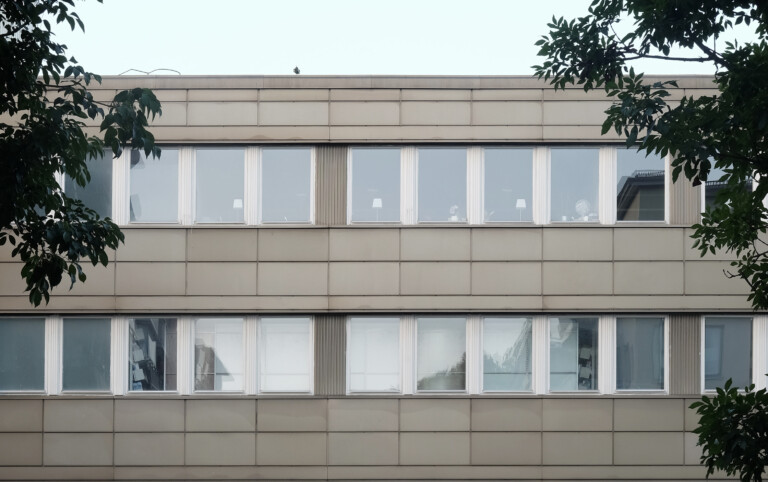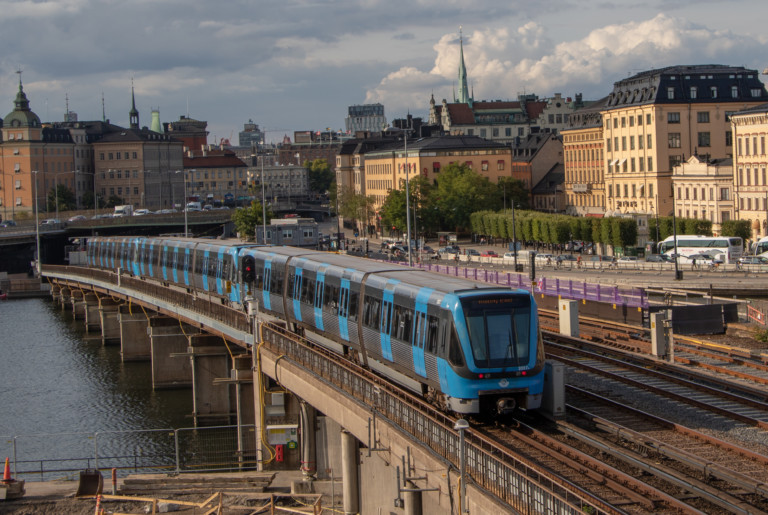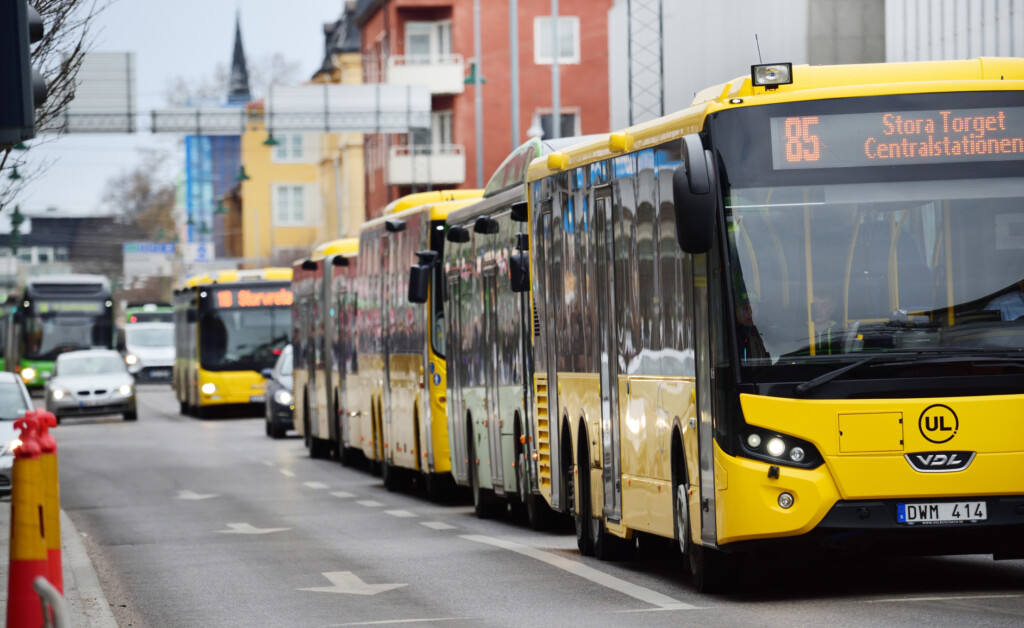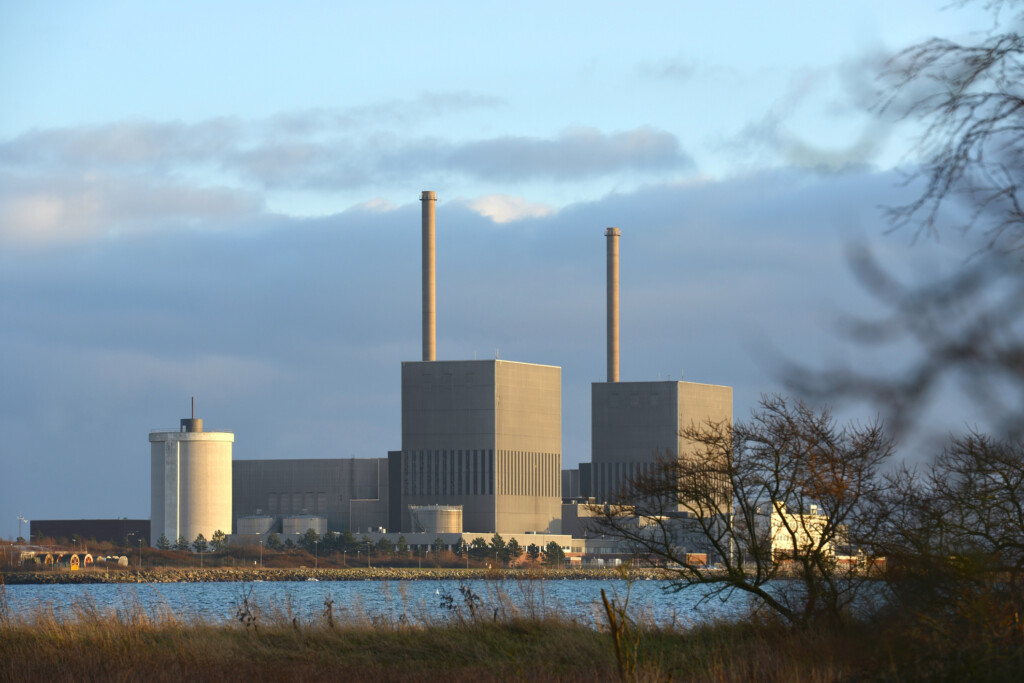Water
How electricity can get cheaper in the future
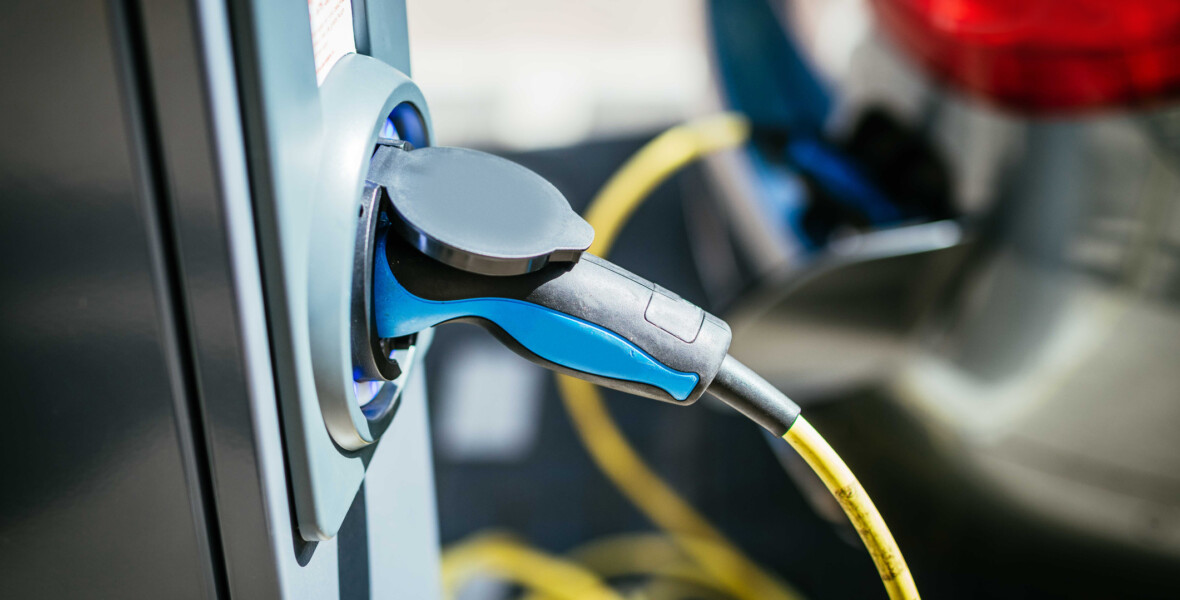
Electricity prices are soaring to all-time highs this winter, and warnings of the potential power cuts needed to keep the system in balance loom large. At Dalarna University, researchers know a way to make electricity cheaper and its supply more reliable.
Prenumerera på Extrakts nyhetsbrev!
Läs mer
Håll dig uppdaterad! Få kunskapen, idéerna och de nya lösningarna för ett hållbart samhälle.
Personal data is stored only for the mailing of Extrakt newsletters and information related to Extrakt’s operations. You can cancel the newsletter at any time, which means you will no longer receive any emails from us
One way to improve Sweden’s electricity supply is to perform time-consuming, expensive upgrades of the power grid. Pei Huang, a researcher in energy technology at Dalarna University, envisions a different path. He is studying how the national power grid can be supplemented with other, smaller, networks. For example, all buildings in a residential area could produce their own electricity using solar roof panels.
As an individual household, relying on electricity from one’s own solar panels is not especially robust. But if many households join forces and cooperate, it’s a different matter, Huang explains.
“That way, neighbours can have agreements among themselves so that the households with a shortage can buy electricity at a good price from neighbours who produce large volumes of electricity,” he says.
Car batteries that store electricity
In a new research project, he also adds electric cars to the equation.

By including charging stations in small grids, electricity users would have access to car batteries that can store electricity during peak supply periods and give back to the grid during shortages.
In this way, cars could contribute to a more secure supply of electricity. At the same time, car owners could earn some cash by charging their cars when electricity is cheap and selling back when it is expensive.
“I think that the potential to use cars for energy storage will grow as more and more people buy electric cars,” Huang says. “Together, our cars will provide enormous storage capacity. Some researchers believe that we’ll have 140 million electric cars in the world by 2030. That means 140 million strong batteries on wheels.”
Requires a technological leap
Not many of today’s electric cars have the technology needed to be able to send electricity back to the grid. But over the past year, several such models have actually come onto the market. We’re seeing rapid progress on this front, according to Huang. Pilot projects are also underway around the world aiming to develop small electricity grids as a complement to national power grids.
What Huang wants to do in his new project is to combine these two systems, so that users of small electricity grids can benefit from both the electricity sharing and the function of electric cars as batteries.
“With the help of electric cars, you can also connect different power grids,” he says.
For example, if there is a small power grid where you work and another one where you live, you can make sure to fully charge your car at work during the daytime. Then when you get home in the evening, you can provide your neighbourhood with electricity during the time of day when demand and cost are at their peak, Huang explains.
“I hope that with this project I’ll be able to answer the question of how a system like this, which sends electricity between cars and buildings, could work, as well as identify the benefits and the drawbacks,” he says.
A solution for the future?
The climate transition will bring increased electricity consumption, so the challenges we face this winter may well become more common in the future. Huang believes that many issues remain to be resolved before we’ll get to see such systems, like the one he is working on, adopted on a large scale.
The challenges are both technical and organisational. How should small electricity grids be managed? How should they be designed to function optimally? What should the business model look like, given the different stakeholders in the system? How should prices be set?
Huang’s research, unfortunately, will not spare anyone from high electricity bills this winter.
“It’s going to take some time, but I think this is the future,” he says.

